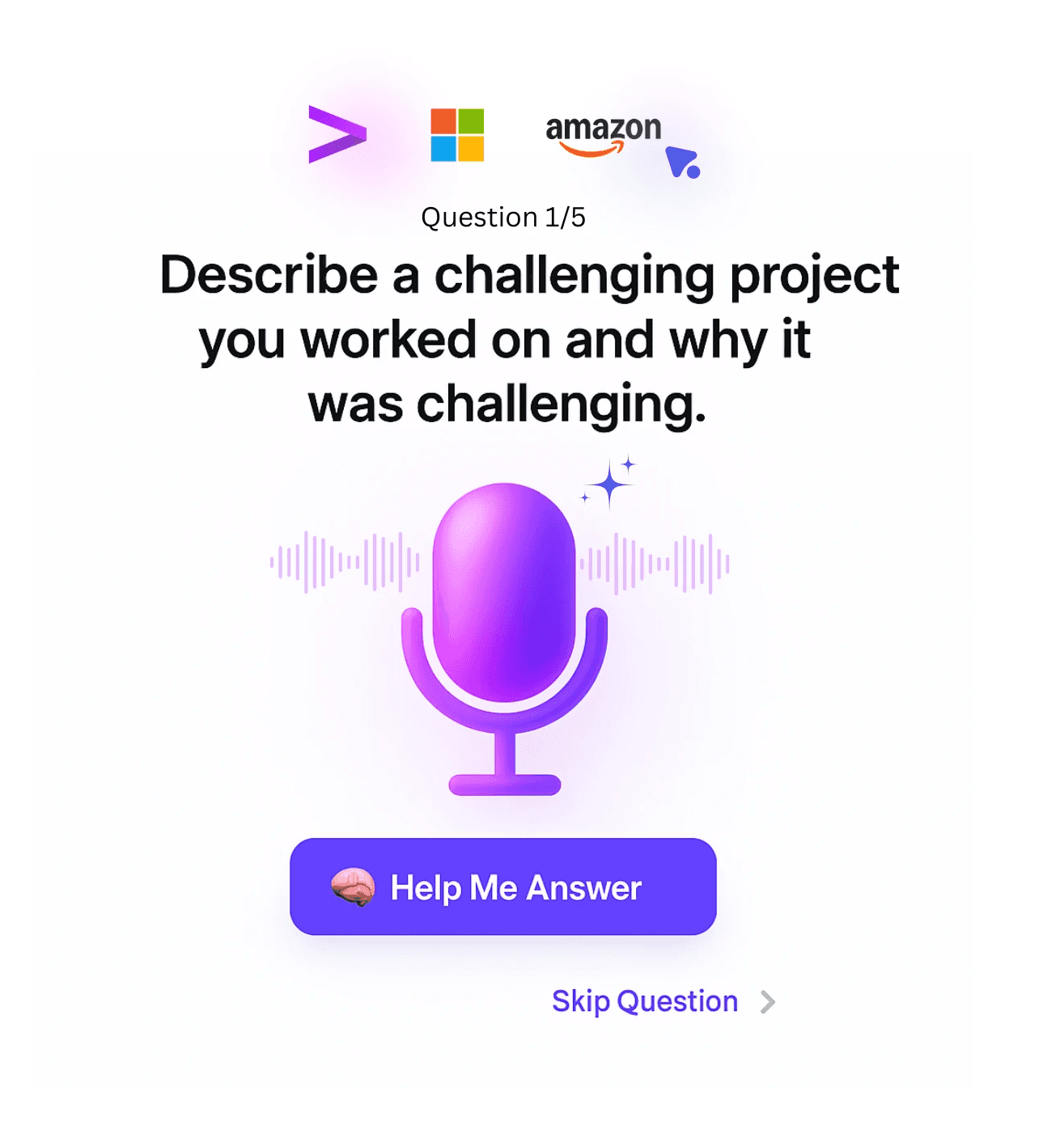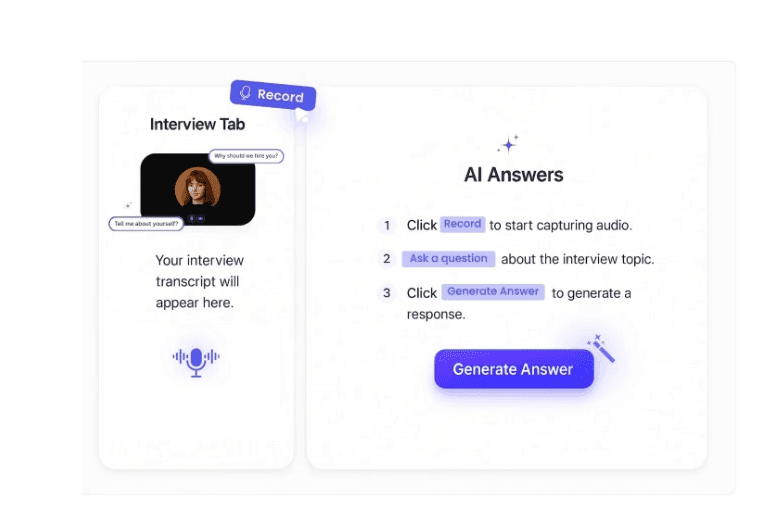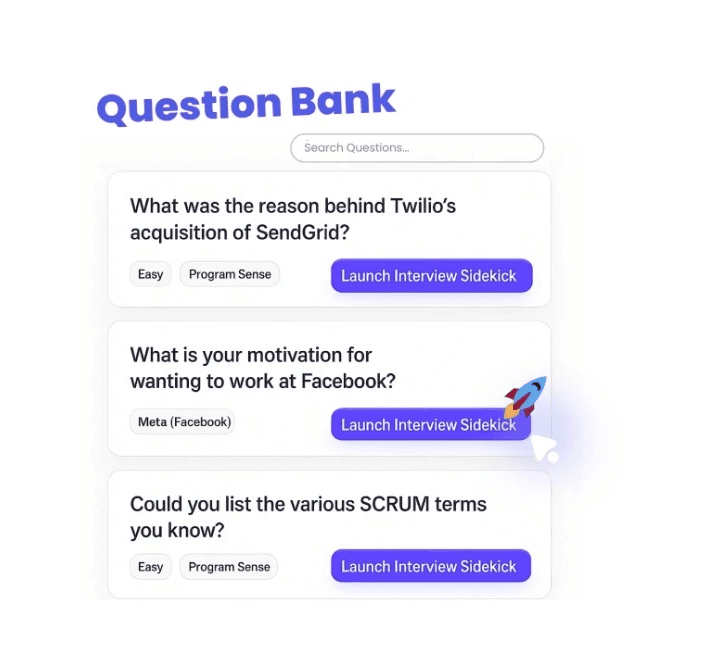IoT Engineer Interview Preparation (Step-by-Step Guide with Tips and Examples)
Feeling overwhelmed with endless IoT topics and unsure where to start? You’re not alone. Preparing for an IoT Engineer interview can be challenging, but a structured roadmap will help you stay on track. Here’s your step-by-step guide to mastering key concepts and securing your dream role.
Overcoming Common Interview Prep Pain Points
Topic Overload: IoT includes networking, security, edge computing, embedded systems, and cloud integration, making it hard to focus.
Lack of Structure: Without a clear roadmap, it’s easy to miss essential concepts.
Time Management: Balancing work, learning, and interview prep can be overwhelming.
Real-World Application Gaps: Many struggle to apply IoT concepts in real-world projects.
Feedback Gaps: Without proper feedback, improving your answers and technical skills becomes difficult.
Your 4-Week Preparation Roadmap
A structured approach will simplify your preparation. Here’s a week-by-week breakdown:
Week 1: Strengthen Your IoT Fundamentals
Focus: IoT architecture, networking protocols, and embedded systems.
Daily Goals:
Day 1-2: Study IoT architecture—sensors, microcontrollers, gateways, and cloud integration.
Day 3: Learn IoT networking protocols (MQTT, CoAP, HTTP, WebSockets).
Day 4: Explore embedded systems (Raspberry Pi, Arduino, ESP8266).
Day 5: Understand real-time operating systems (RTOS) for IoT applications.
Day 6: Set up an IoT project (e.g., temperature monitoring using Raspberry Pi and MQTT).
Day 7: Review key concepts and test yourself.
Tip: Recruiters often ask about the trade-offs between different IoT protocols and hardware choices.
Week 2: Dive into IoT Security & Edge Computing
Focus: IoT security, device authentication, and edge computing.
Daily Goals:
Day 1-2: Study IoT security threats (DDoS, data breaches, firmware attacks).
Day 3: Learn encryption techniques (TLS/SSL, AES, RSA) for securing IoT devices.
Day 4: Explore device authentication and access control models.
Day 5: Understand edge computing—data processing at the edge vs. cloud.
Day 6: Set up a local edge computing project using AWS IoT Greengrass or Azure IoT Edge.
Day 7: Conduct a mini security audit on an IoT device and note potential vulnerabilities.
Tip: Interviewers may ask about real-world IoT security failures and how to prevent them.
Week 3: Master IoT Cloud Integration & Data Analytics
Focus: Cloud platforms, IoT data storage, and real-time analytics.
Daily Goals:
Day 1: Learn IoT cloud services (AWS IoT, Azure IoT Hub, Google Cloud IoT).
Day 2: Explore IoT data storage solutions (InfluxDB, Firebase, Time-series databases).
Day 3: Study real-time data processing frameworks (Apache Kafka, Apache Spark).
Day 4-5: Build a real-time IoT dashboard with Grafana or Power BI.
Day 6: Understand AI/ML applications in IoT (predictive maintenance, anomaly detection).
Day 7: Review real-world IoT case studies and practice explaining them.
Tip: Be prepared to discuss how cloud-based IoT solutions differ from edge computing and when to use each.
Week 4: Behavioral Interviewing & Final Technical Prep
Focus: Soft skills, problem-solving, and mock interviews.
Daily Goals:
Day 1: Prepare for behavioral questions using the STAR method.
Day 2: Review past projects and be ready to discuss challenges and solutions.
Day 3: Record yourself answering technical and behavioral questions.
Day 4: Conduct a mock system design interview (e.g., designing an IoT-based smart home system).
Day 5: Seek feedback from peers or mentors.
Day 6: Review IoT industry trends and emerging technologies.
Day 7: Relax, visualize your interview success, and trust your preparation.
Tip: Strong communication skills and problem-solving approaches can set you apart in the interview.
Bringing It All Together
By following this roadmap, you’ll be well-prepared for your IoT Engineer interview. Remember:
Break It Down: Focus on one topic at a time to avoid burnout.
Stay Consistent: Small daily efforts lead to significant improvements.
Use the Right Tools: Practice with interactive resources.
Confidence is Key: Trust in your structured preparation, and you’ll perform at your best.
Start your IoT interview journey today and take a step closer to your dream role!









